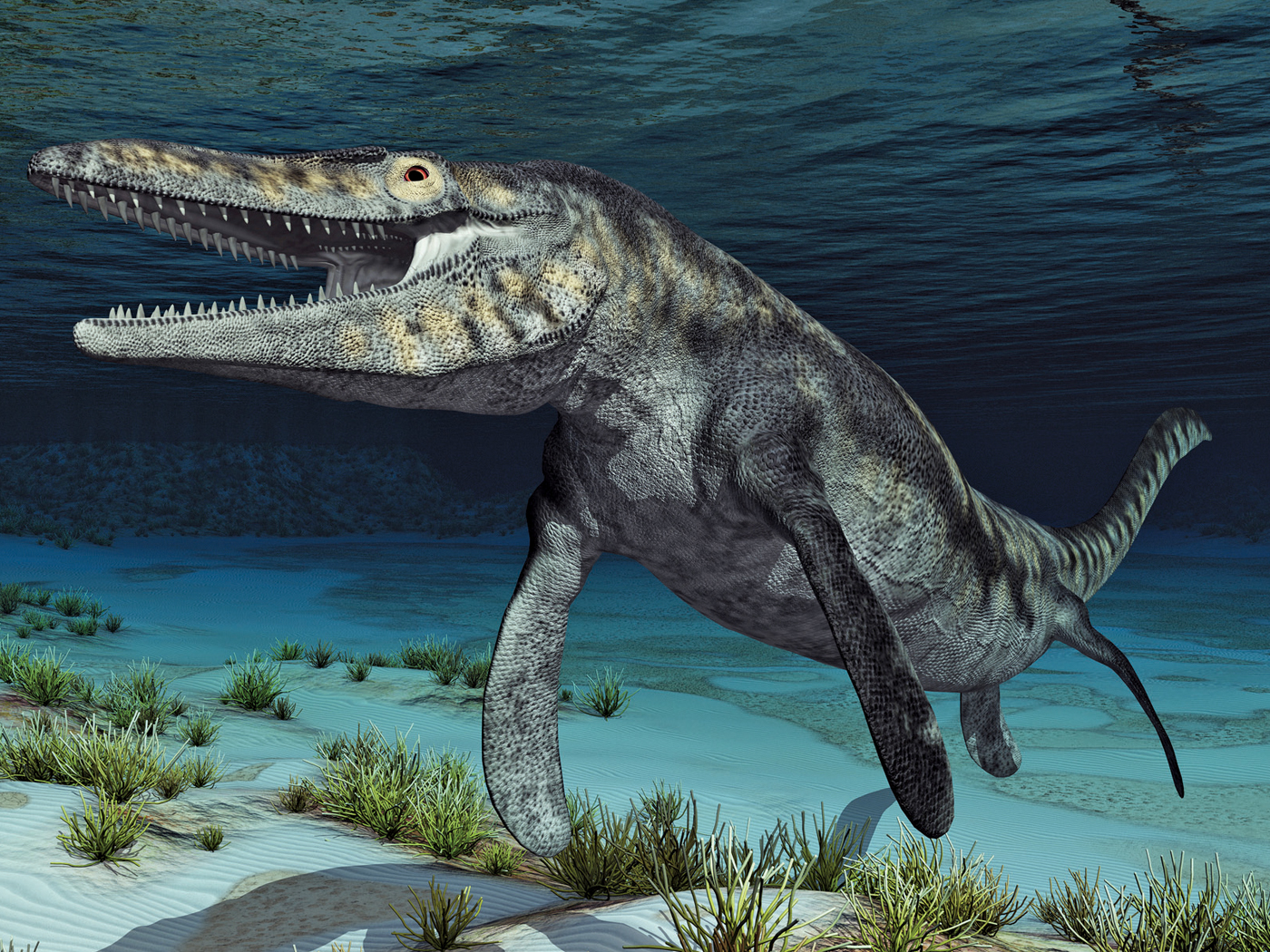
Snakes Have Always Been Snakes
It's an old story. An animal or plant is discovered in sedimentary rocks by paleontologists and it pushes the organism's origin further back by many millions of years—but it's always a plant or animal already known to science. Granted, some of these fossilized creatures are extinct, but that's no indication they evolved.

The frilled shark . . . is still a shark
On January 21, 2015 the news broke—an Australian fisherman hooked a "living fossil." Called the frilled (or frill) shark (genus Chlamydoselachus, belonging to Order Hexanchiformes), this creature was thought to be 80 million years old.1 It looks mighty frightening, but is it truly "prehistoric" and somehow linked to shark evolution?

Clever Clover: Evidence for Evolution?
Clovers come in a wide variety of sizes, and some of them hold interesting surprises. Plant biologists have been studying one trait in particular, and it keeps showing up—or disappearing—in peculiar patterns. Do these patterns illustrate evolutionary changes or does something entirely different switch off this trait?

Birds' Built-In Defenses Fend Off Radiation
It has been 28 years since Chernobyl's nuclear power plant suffered a catastrophic meltdown in Ukraine. People are still not permitted to live near it because radiation levels remain dangerous, but plants and animals long ago pioneered the Chernobyl Exclusion Zone. A new study revealed surprising hints that certain birds' internal biological tactics cope well with the harmful radiation.










